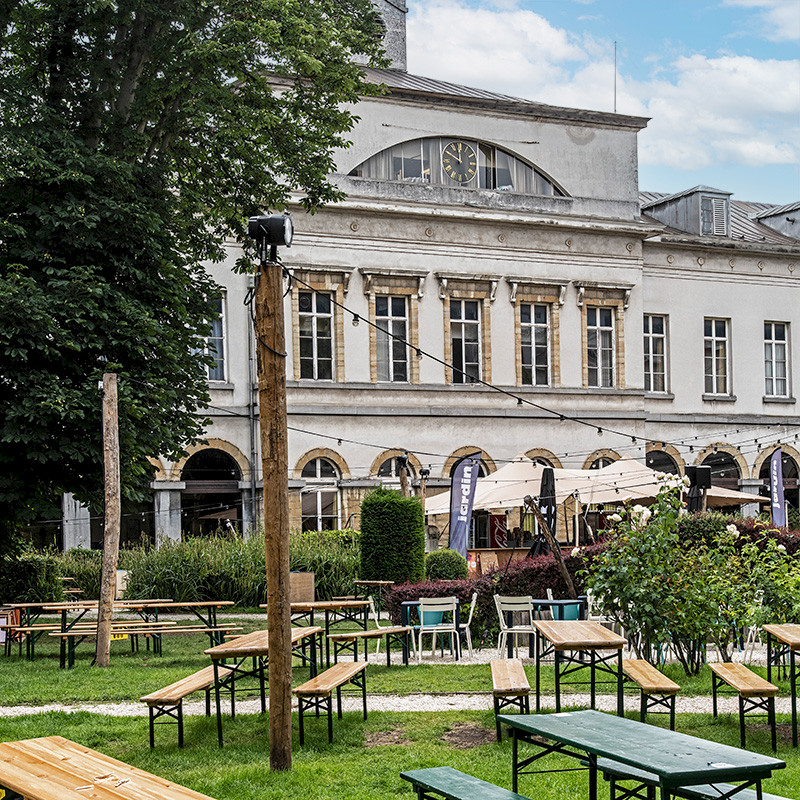Programme
visits / screening
Grand Hospice

Brussels' Grand Hospice/Groot Godshuis (Great Hospice) was built very much in line with the ideals of the French Revolution and the Napoleonic period, although its construction took place at a time when Belgium was part of the United Kingdom of the Netherlands. It reflects a profound upheaval in the social history of 19th-century Brussels. Whereas previously the task of assisting the poorest in society fell mainly on Christian religious communities, most notably the Beguines, it now became the prerogative of the city authorities and the State. This essentially marked the birth of public assistance, paving the way for the modern welfare state. The plans were drawn up by architect Henri Partoes, who designed a huge quadrangle measuring 138 m long by 94 m wide. Construction took place between 1824 and 1827. From 1890, the Grand Hospice/Groot Godshuis housed the Fondation Pacheco/Pachecostichting, later renamed Institut Pacheco/Instituut Pacheco, with which it was often confused. Pending extensive renovation work to develop housing units and communal services, the Brussels Public Welfare Centre (CPAS/OCMW) decided to make this site available for a temporary occupation scheme. pali pali, an accelerator of cultural, social and solidarity projects, was selected to organise the occupation until the end of 2023. The resulting programme allows the site, and in particular the gardens, to be opened to the public. It includes around a hundred social and cultural projects, many of them led by local organisations, which fosters a real sense of community. (Listed 03/07/1997)
Practical information
Sat. & Sun. 10:00 to 18:00
Rue du Grand Hospice/Grootgodshuisstraat 7, Brussels
Reservation only for guided tours
Accessible